Let’s get one thing straight: cheese is amazing. It’s creamy, tangy, melty, and basically makes every meal 100% more comforting.
But if your blood pressure is creeping up like a suspicious cat on a countertop, not all cheeses are your friend. Some of them are sneaky little sodium bombs wrapped in deliciousness, silently doing your heart dirty with every bite.
And others? Total unsung heroes that deliver big flavor without wrecking your blood vessels.
Whether you’re trying to impress your cardiologist or just feel a little less guilty about your midnight cheese habit, this list has your back.
We’re diving into the worst cheeses that should be side-eyed (or at least portion-controlled)—and the best cheeses that can stay in your fridge without causing a blood pressure panic.
1. Feta
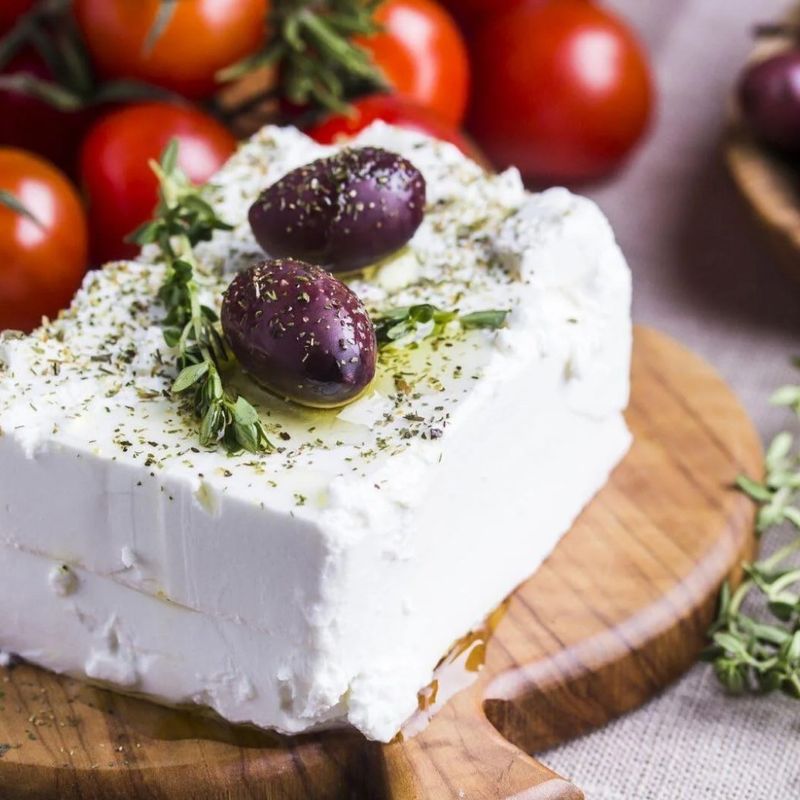
That little white crumble on your Greek salad might be sneakier than it looks. Feta is traditionally stored in brine, which means it comes loaded with sodium—even if it doesn’t taste super salty.
A single ounce can have over 300 mg of sodium, and that adds up fast, especially if you’re generous with your sprinkle game. Your arteries definitely notice.
It may feel light and fresh, but feta’s salty bite can be a trap for anyone trying to keep their blood pressure steady. Love the taste? Try rinsing it before eating to reduce some of the salt—or use it sparingly as a flavor boost rather than the main event.
2. Blue Cheese
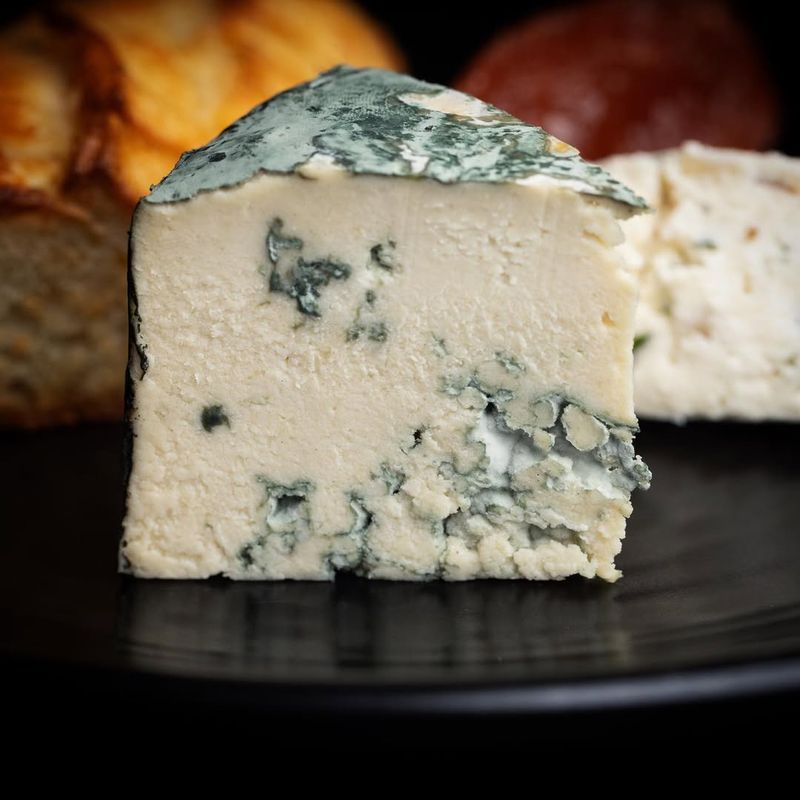
Crumbly, funky, and powerful, blue cheese has a big personality—and a big sodium bill to match. Each bite brings a tangy wallop to your tongue and a salty jab to your blood pressure.
One ounce can pack up to 400 mg of sodium, which is kind of wild for something that looks like moldy marble. Not to mention the saturated fat that cozies up right alongside.
It’s a dream on steak or burgers, but for those managing hypertension, it’s more of a nightmare. If you can’t resist the flavor, try shaving it ultra-thin over salads or switching to a lower-sodium version when available.
3. Parmesan
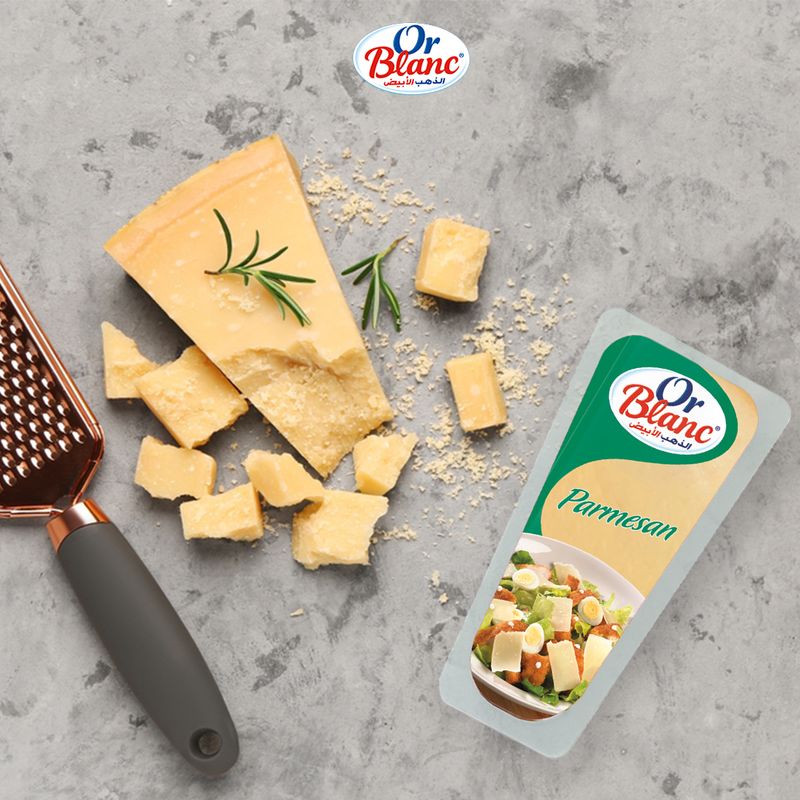
Your pasta’s best friend might secretly be your heart’s worst enemy. Parmesan—especially the grated, aged kind—is notorious for being a sodium heavyweight.
Just two tablespoons can have more than 450 mg of sodium, which is absurd for a garnish. It’s like the salty cherry on top of your spaghetti sundae.
And the worst part? It doesn’t even look dangerous. A few innocent shakes of that green canister, and boom—you’ve overdosed on sodium without even realizing it. Swap it out for nutritional yeast or use a microplane to get more flavor with less cheese.
4. Processed Cheese Slices
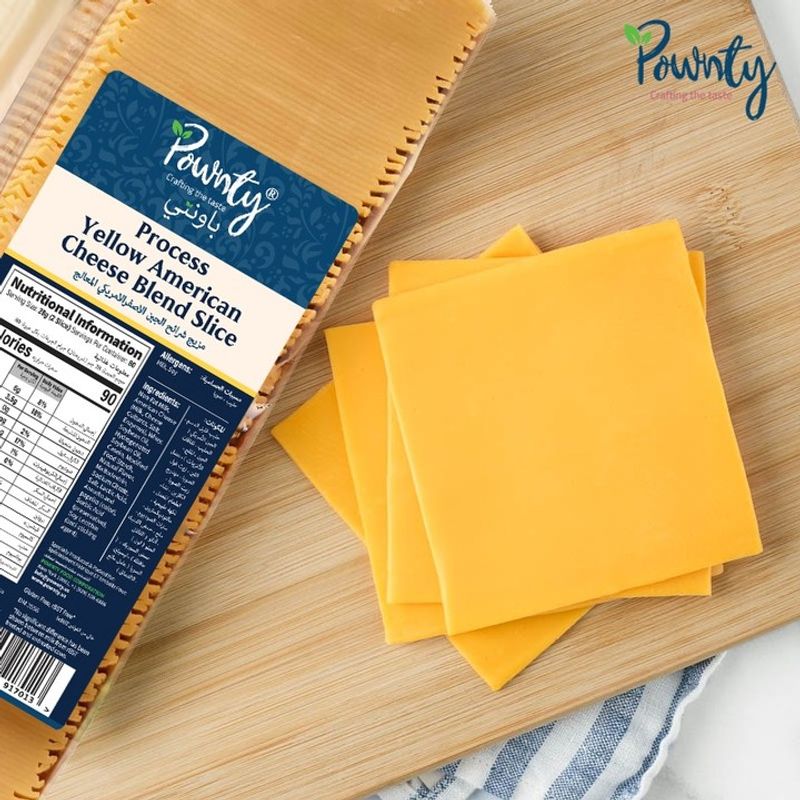
They may melt like a dream on your grilled cheese sandwich, but these neon-orange slices are barely cheese at all. Think of them as salty imposters.
Each slice can clock in at 400–500 mg of sodium, plus they’re stuffed with saturated fat, preservatives, and things you can’t pronounce. Your blood pressure isn’t impressed.
They’re designed to be cheap, convenient, and endlessly shelf-stable—which is rarely a good sign in the health department. If you’re serious about your heart, it’s time to ghost those floppy yellow singles. Try a thin slice of real cheddar or mozzarella instead.
5. Cheddar
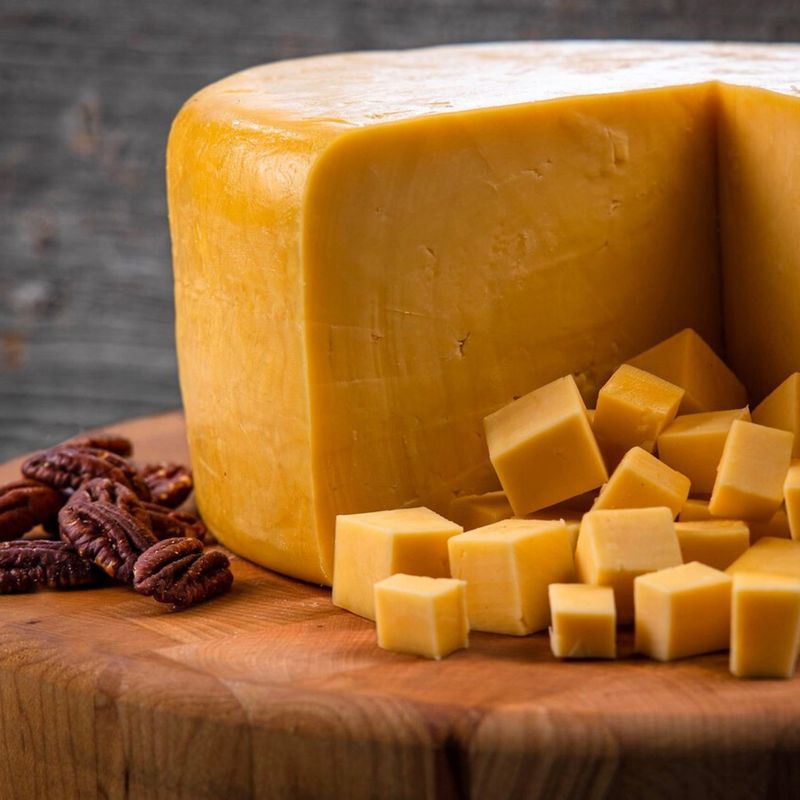
Sharp. Bold. And, sadly, kind of problematic. Cheddar is one of those cheeses that sneaks into everything—from burgers to nachos to mac and cheese—but it’s not always heart-friendly.
A single ounce contains about 200–250 mg of sodium, and that number climbs as the cheese ages. The older it is, the sharper the taste—and the saltier the slice.
It’s easy to overdo, especially when melted into comfort food. But if you’re watching your blood pressure, consider going for a younger, milder cheddar and keeping your portions humble. You’ll still get that classic flavor without the BP backlash.
6. Halloumi

This grill-loving cheese is dangerously delicious. Halloumi’s chewy texture and golden-brown sizzle make it the star of many Mediterranean dishes—but its sodium content is on another level.
A typical serving can deliver 600–700 mg of sodium, which is nearly a third of your daily recommended limit. That’s before you even season the rest of your meal.
Since it’s preserved in brine, halloumi soaks up salt like a sponge. If you’re not careful, it’ll drag your blood pressure along for the ride. Consider swapping it with grilled tofu or a low-sodium mozzarella for a similar texture with way less risk.
1. Ricotta
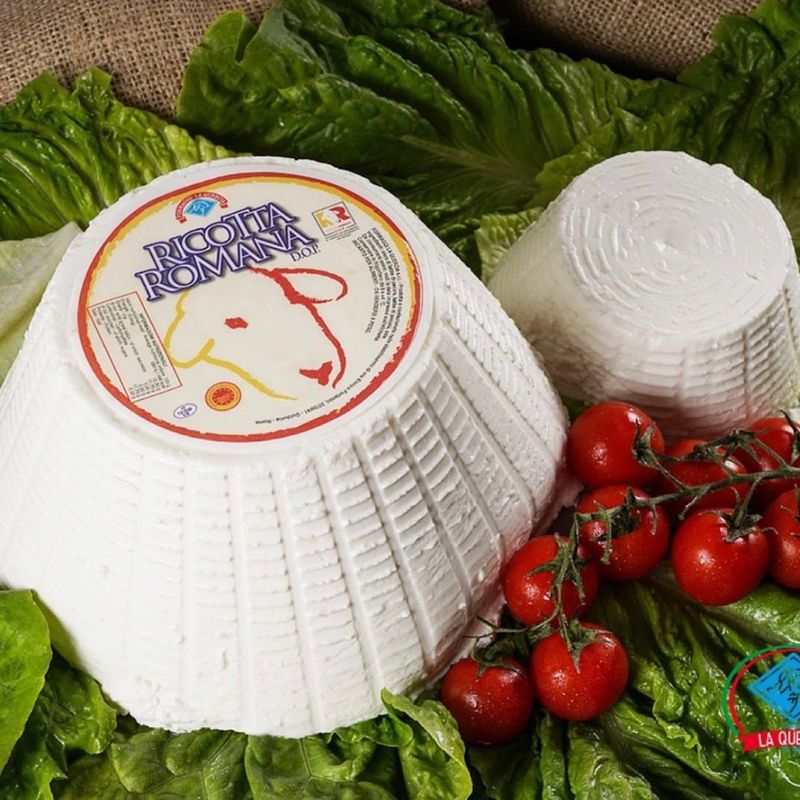
Soft, creamy, and mild-mannered, ricotta is like the gentle soul of the cheese world. It’s naturally low in sodium and saturated fat, especially if you go with the part-skim or low-fat version.
It blends beautifully into both sweet and savory dishes—think lasagna, pancakes, or even toast with a drizzle of honey. You get a luxurious texture without the salty baggage.
Since it’s made from whey rather than curds, ricotta avoids many of the things that make other cheeses BP-unfriendly. Use it as a base for dips, dollop it onto veggies, or swirl it into scrambled eggs for a heart-happy upgrade.
2. Mozzarella (Fresh)
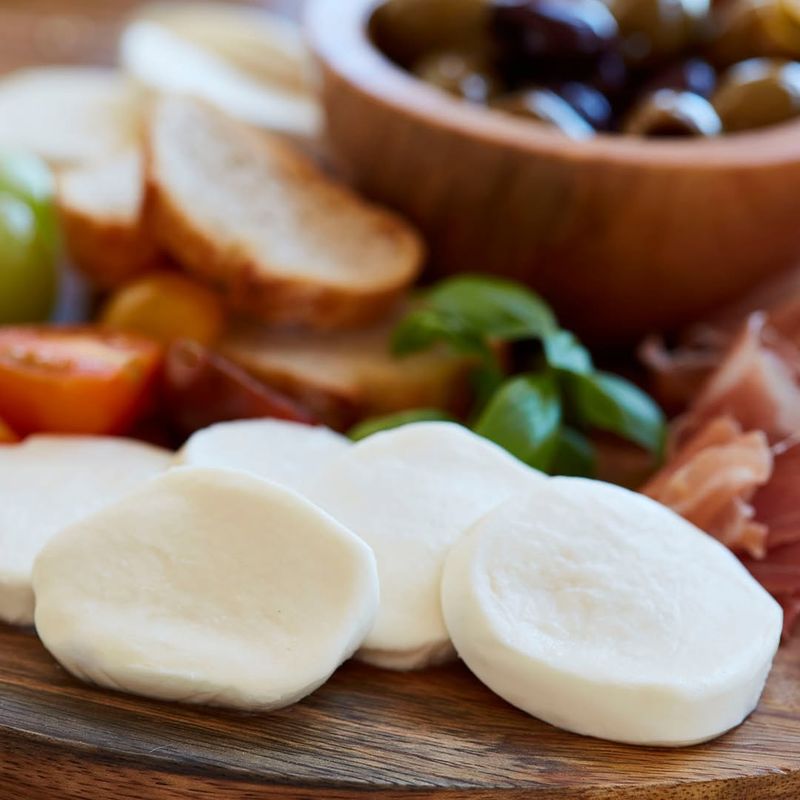
Mozzarella gets a bad rep thanks to its processed, shredded versions—but fresh mozzarella is in a league of its own. Soft, pillowy, and wonderfully mild, it’s lower in sodium and saturated fat.
Each ball is like a mozzarella cloud—perfect for Caprese salads or slicing onto whole grain toast. The trick is to skip the pre-shredded stuff, which often hides salt and preservatives.
Pair it with tomatoes and basil, and you’ve got a snack that feels indulgent but treats your heart right. Bonus points if it’s made from part-skim milk!
3. Swiss Cheese
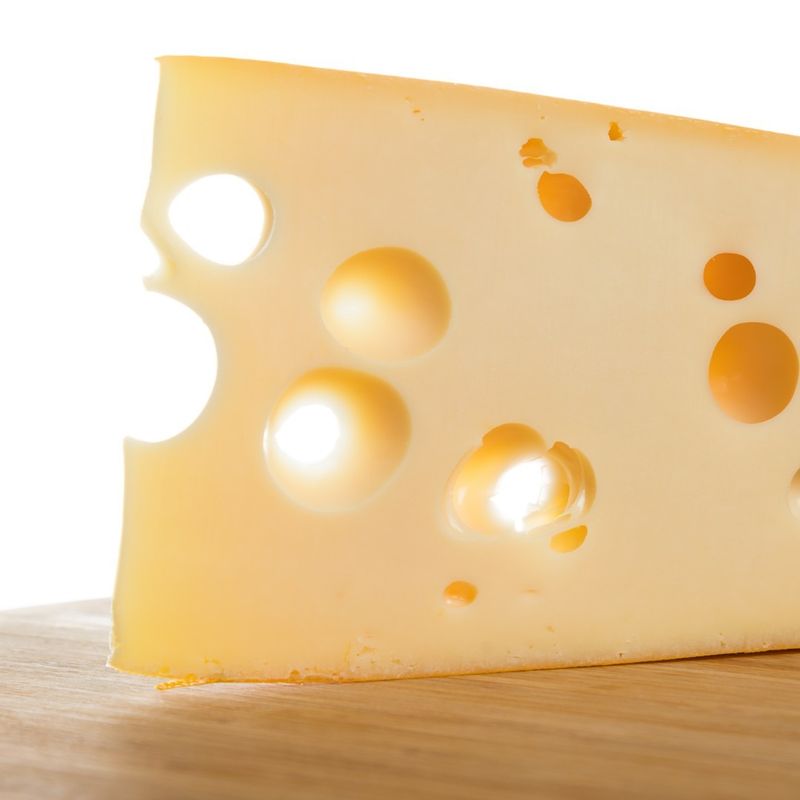
Mild, nutty, and full of holes—Swiss cheese might just be your heart’s best friend. It’s naturally lower in sodium, with many varieties hovering around 50–60 mg per ounce. That’s practically saintly for a cheese.
Plus, it melts like a dream and fits in with both sandwiches and charcuterie boards. It’s rich without being reckless.
If you’re craving cheese but don’t want to spike your blood pressure, Swiss gives you permission to indulge with a clear conscience. Try Jarlsberg or Emmental for slightly different textures and flavor twists.
4. Cream Cheese (Low-Sodium or Whipped)
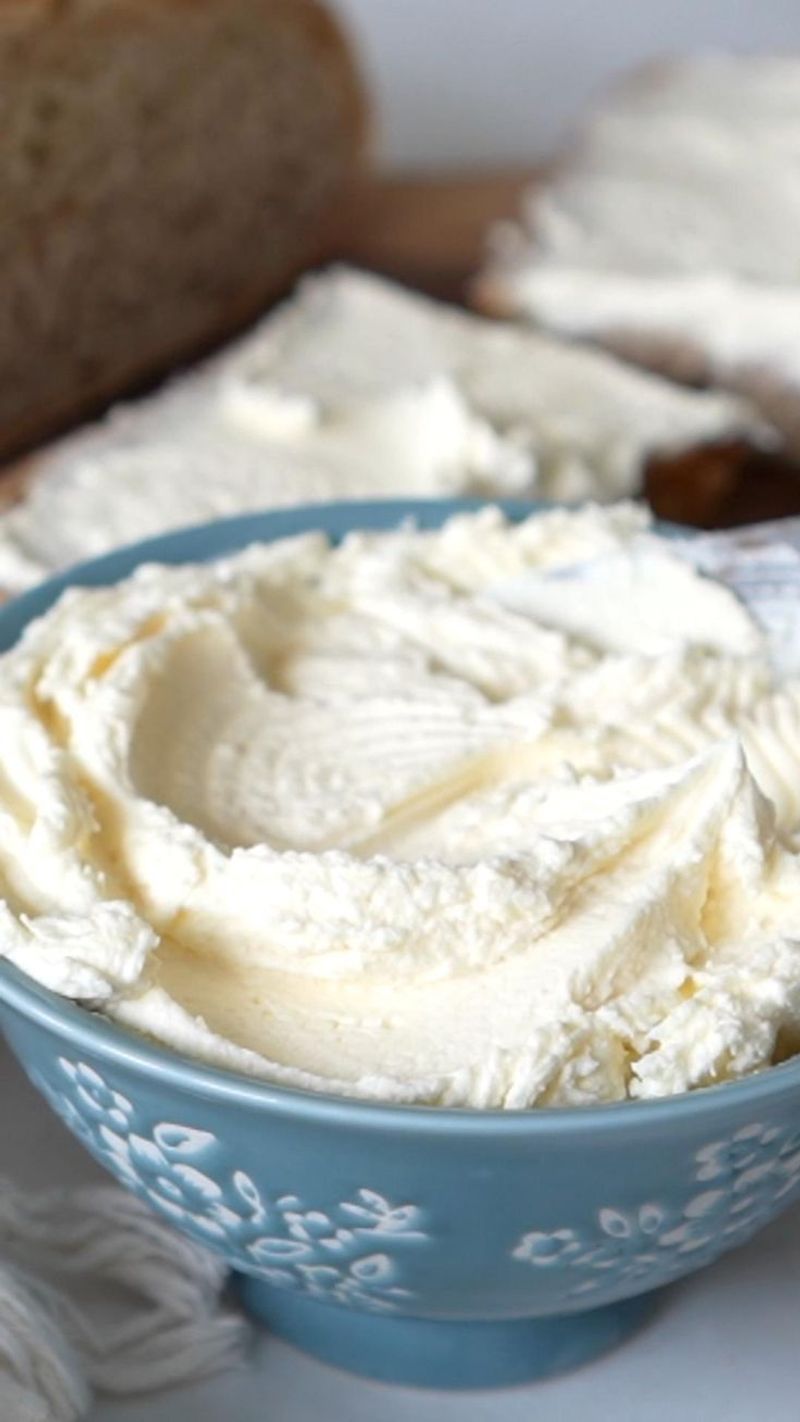
We’re not saying you should eat it by the spoonful, but low-sodium or whipped cream cheese can sneak into your breakfast without causing BP drama. It’s all about moderation and the right version.
Whipped options are lower in fat per serving thanks to the added air, and low-sodium brands help you avoid that morning salt bomb.
Spread a thin layer on whole grain toast, pair it with cucumber slices, or mix it into a heart-healthy dip. Just keep an eye on the label, because regular cream cheese can still be a silent sodium saboteur.
5. Goat Cheese
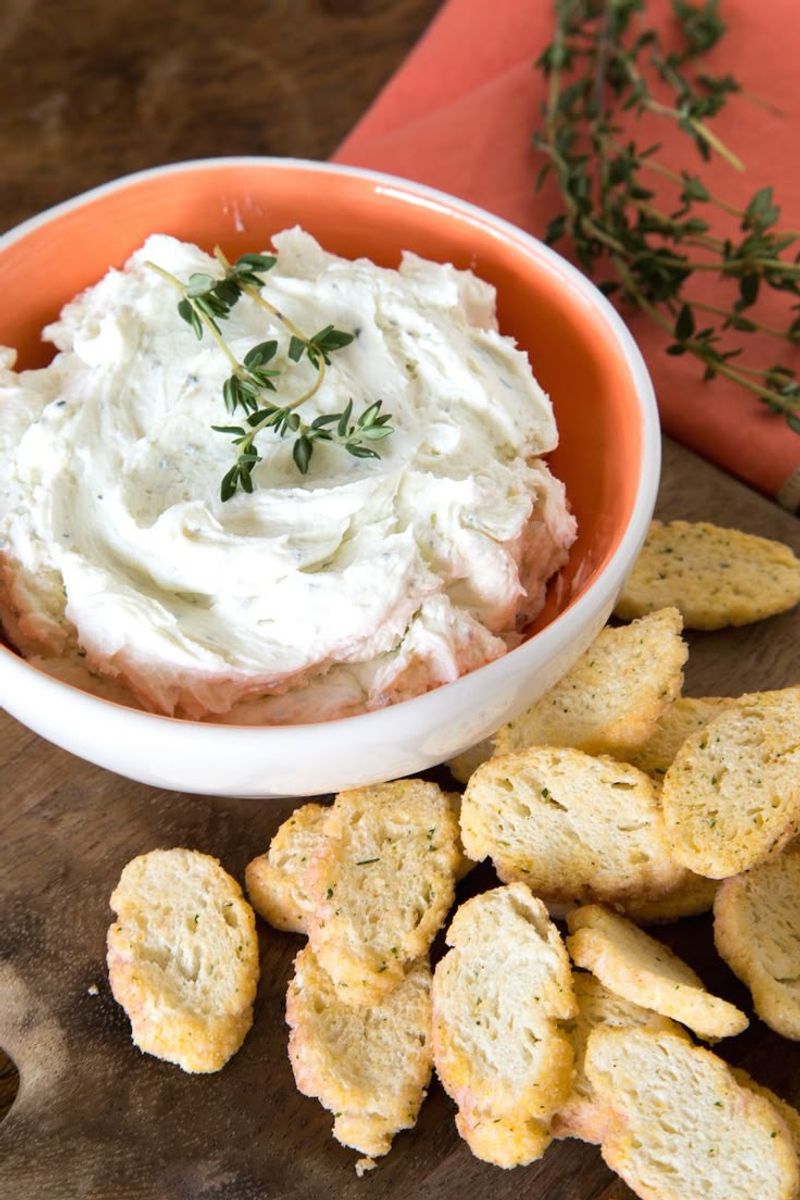
It’s tangy, creamy, and unexpectedly forgiving when it comes to sodium levels. Goat cheese typically lands at 100–150 mg of sodium per serving, which is quite low for how much flavor you get.
Its rich texture makes it feel indulgent without needing a ton of volume, and a little goes a long way. Crumble it on salads, roast it with beets, or pair it with fruit for a snack that feels gourmet.
Bonus: many people find goat cheese easier to digest, which can be a win-win for sensitive tummies and sensitive arteries alike.
6. Neufchâtel

Looks like cream cheese, tastes like cream cheese—but this French sweetheart has about 30% less fat and often less sodium. Neufchâtel is basically cream cheese’s fit cousin.
It spreads easily, works great in baking, and makes a solid swap for dips or bagels. You’ll get the creamy satisfaction without as much guilt—or blood pressure spike.
Next time you’re grocery shopping, check for it in the same section as cream cheese. It might just become your new favorite secret weapon for heart-smart snacking.
Leave a comment